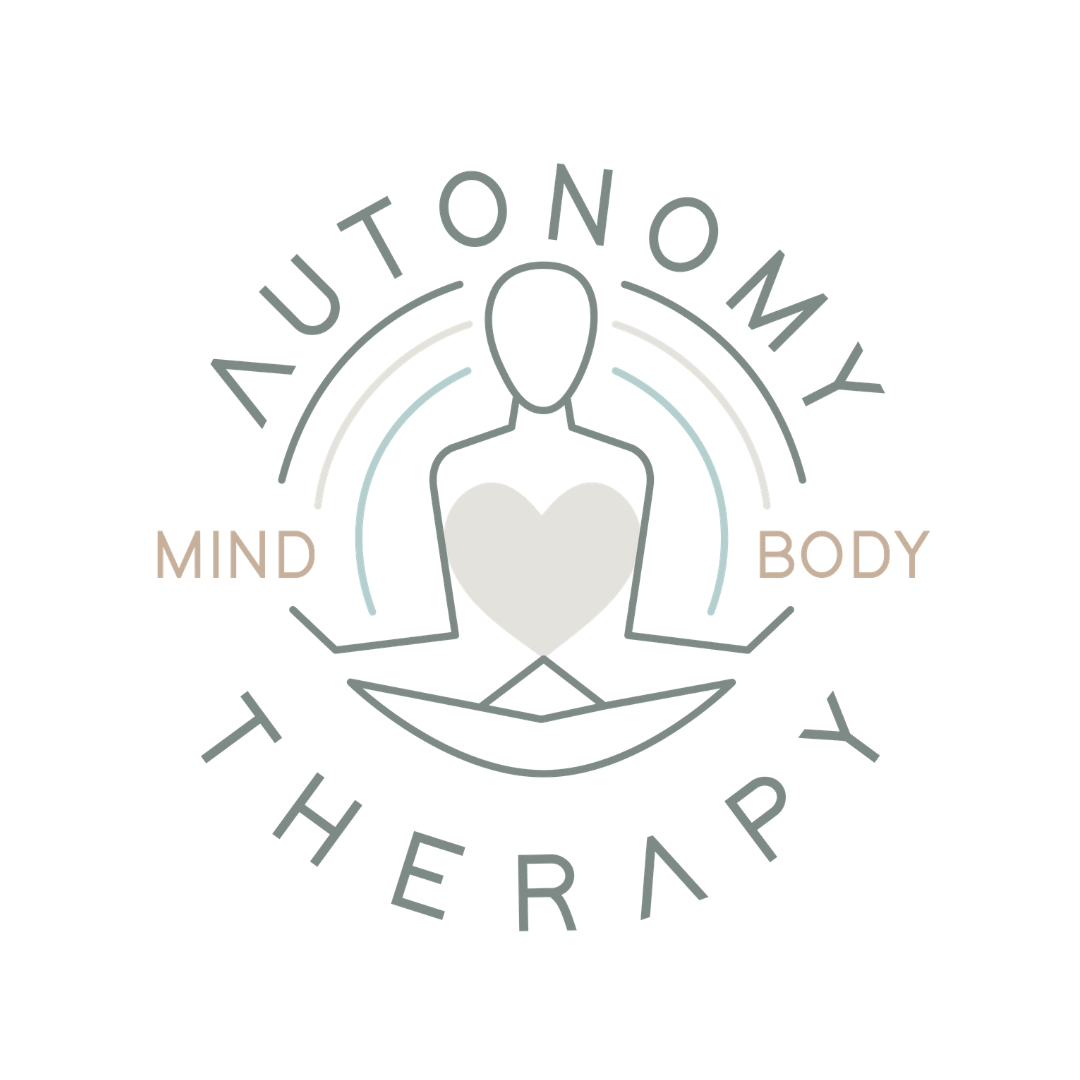Four Ways to Strengthen Family Communication + Connection
Written by Tiffany Lepa, NCC, LPC-Associate
So often, couples and families reach out for therapy noting that they would like to work on communication. With family members’ busy lives, communication can fall to the wayside leading to built up resentment and disconnection. Prioritizing communication and maintaining open lines of communication is essential for resolving conflict, fostering a supportive environment for all family members, and laying the foundation for a more present and connected family life. Keep reading to learn four ways to strengthen communication and connection within your family!
#1: Create open lines of communication. A safe environment is foundational in strengthening family communication and connection. Without open communication and vulnerability, problems will continue to be perpetuated. Have conversations to define boundaries regarding behavior, privacy, and personal space. Safety involves reassurance, validation, and encouragement, fostering a sense of belonging and acceptance within the family.
#2: Establish dedicated family time. Whether it’s meal time, family game nights, or weekly check ins, consistent family time demonstrates how relationships are maintained and prioritized. It also gives space to openly communicate rather than letting things bottle up. Children can benefit from seeing consistent effort given to maintaining family connection.
#3: Listen to understand + consider your words. Active listening can be hard and requires mindfulness and presence! Often, when listening to others, we might be formulating a defense, drifting off, or waiting for our chance to talk. This can lead to ruptures in communication. It’s important to hold space for each family members’ reality and to demonstrate understanding of their experience. Here are some tips for effective communication:
Use I-statements. We can only speak for ourselves, so using “I-statements” is important! Using I-statements can help reduce blame, shame, and defensiveness. I-statements also show accountability for acknowledging how you feel. For example, instead of saying, “You always put others first!” you might say, “I feel lonely when you go to the bar and feel envious of the effort I see others getting from you.”
Veer away from “absolutes”. Embrace nuance! Absolutes put others on the defensive immediately as they start thinking about all the times it hasn’t been true.
Avoid using passive-aggressive, sarcastic, or overly critical language. Passive aggression, sarcasm, and overly critical language such as name-calling all stand in the way of connection and deteriorate an open environment.
Ask clarifying questions. If you feel like you don’t quite get it, you can ask! To show active listening, you might repeat back (in your own words) what you heard and ask, “Am I understanding that right?” If you’re unsure, you can ask “What do you mean by that?” or “Can you explain that more?”
#4: Make + model repairs when needed. Being human involves making mistakes, and you might put your foot in your mouth at times. Sometimes we can say the most hurtful things to those closest to us. The important part of navigating relationship rupture is to be intentional about making repairs. Let’s say you had a long day at work and were stuck in terrible traffic, so when you came home and your teen didn’t do the dishes as expected and is on their phone on the couch watching TikTok, you yell at them and tell them they’re lazy. Oops. A way to repair this would be by acknowledging and taking accountability for your words, giving them space to share their experience, apologizing and expressing understanding of the impact it had on them, and come up with a plan for how to communicate more effectively next time.
Engaging in family therapy is a great way to learn how to effectively use these communication skills. Family therapy can be helpful for supporting a loved one in eating disorder or substance use recovery, to process separation or divorce, to manage sibling conflict, and to gain better insight into family roles and dynamics. Visit our family therapy page to learn more about the benefits! It can be used alone or concurrently with individual therapy, child + teen therapy, or couples therapy.
Ready to get started with family therapy? Our skilled team of therapists are ready to support you virtually across the state of Texas or at our office in North Austin. Fill out a contact form or book a free 15-minute consultation call today to get started!
